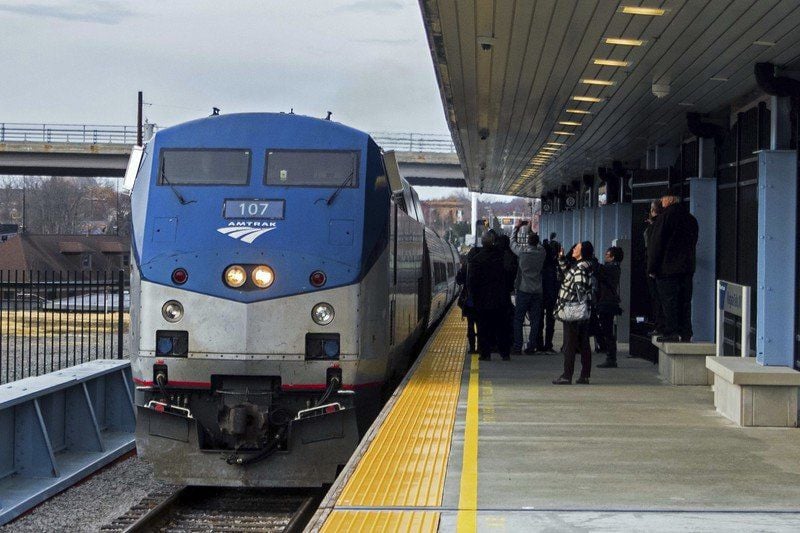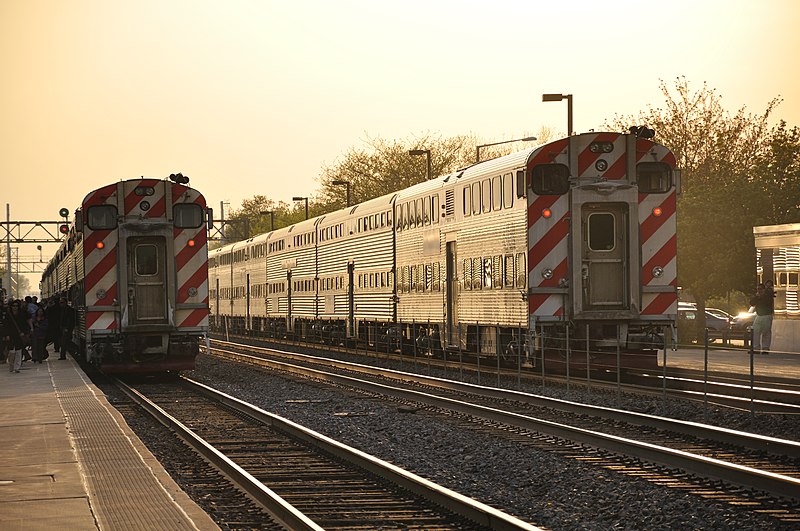Two more cities have now joined the 48" high-platform club:
Niagara Falls NY and
Rochester NY, both of which are served by trains from Toronto. Apparently a 48" platform is under construction at Syracuse station as well.
It is plainly evident that VIA and Amtrak are committed to the 48" platform+floor height as their standard for accessibility. Which makes GO Transit the only passenger railway in northeastern North America which doesn't use the 48" platform standard.
New Rochester Station, opened October 2017:
View attachment 132665
Image from Democrat and Chronicle
New Niagara Falls International Station, opened December 2017:
Image from Niagara Gazette
Currently there are 11 GO stations served by VIA/Amtrak, and these will all need 48" platforms for access to intercity trains, similar to the 2 GO/UP stations which already have 48" platforms. If GO adopted the 48" standard moving forward, it would avoid the need to build cumbersome, expensive and inefficient stations with two sets of platforms. There are lots of new platforms planned in the near future, so if there's a time to transition to new standard, it is now. It's very expensive to retrofit platforms, but it doesn't cost anything to build them higher in the first place.
Mainline passenger railways using 48" platforms in northeastern North America:
Amtrak, Long Island Railroad, Maryland Area Rail Commuter, Metro-North, Massachusetts Bay Transportation Authority, New Jersey Transit, Réseau de Transport Métropolitain (de Montréal), Southeastern Pennsylvania Transportation Authority, Shore Line East, UP Express & VIA Rail.
GO stations currently served by VIA:
Kitchener, Guelph, Georgetown, Brampton, Malton, Niagara Falls, St Catharines, Aldershot, Oakville, Union, Guildwood
Incomplete list of stations with new platforms planned in the near future:
Grimsby, Stoney Creek,
Kitchener, Guelph, Georgetown, Mount Dennis, Bramalea, Aurora, King City, Maple, Rutherford, Downsview Park, Caledonia, Union, Danforth, Milliken, Agincourt...








